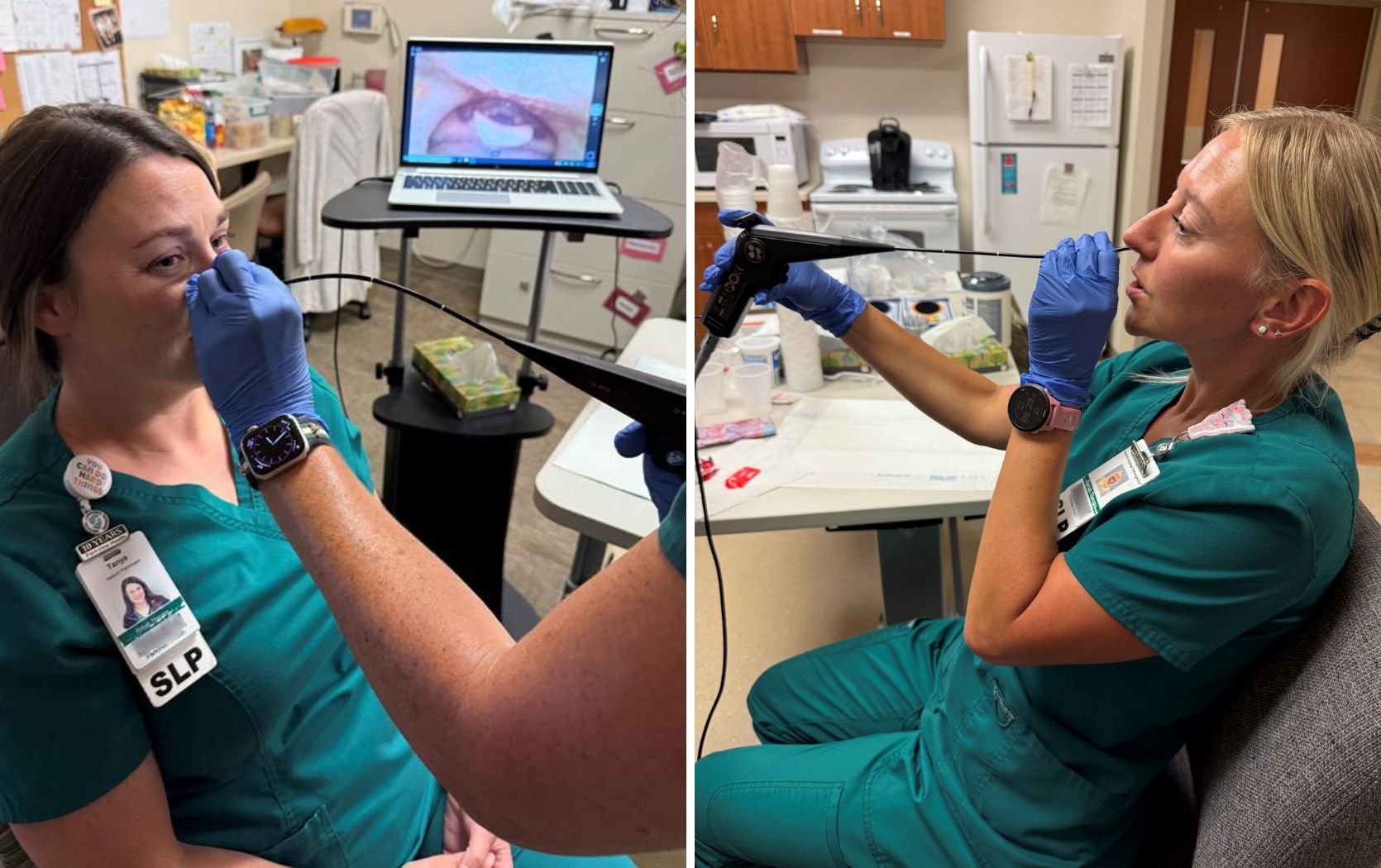
This post was written based on an appearance by Steven Douthett, DPM, surgical podiatrist, Orthopedics NorthEast, on the program PBS Healthline.
Bunions are a common foot issue but, as they don’t always cause pain, many people don’t even know they have them. If you suspect you have a bunion on your foot and it’s starting to cause you pain, you should seek treatment with your primary care provider or a podiatrist. Let’s learn more about what bunions are, what they are not, and treatment options.
What is a bunion?
A bunion is a bony bump that forms at the base of your big toe. Many people think this bump is a growth (like a tumor), but it is actually a misalignment of the bones in your foot. Bunions occur when a bone in the front of your foot (the first metatarsal) deviates outward. This causes the big toe to start to point in toward your smaller toes and creates a bunion. Small bunions called Tailor’s bunion or bunionettes can also form at the base of the little toe.
There are also different types of bunions such as those caused by arthritis or gout. Arthritic bunions can cause painful bone spurs to form, as well.
Treatment options for bunions
For management of bunions, the vast majority of people will not require surgery. The most common way to control symptoms is by using accommodative shoes—in other words, wearing shoes that are wider or roomier that let the bunion have more space. Anti-inflammatory medicines can also help if your bunion is inflamed. Other non-invasive treatment options include a bunion splint that can be worn at night, padding for your shoes, or a toe spacer that better aligns your joints.
All of these non-surgical treatments don’t actually fix the bunion but can provide significant relief. Many people find these treatments satisfactory enough to not pursue surgery.
Minimally invasive surgery
Depending on the size of your bunion and other factors, many people are eligible for minimally invasive bunion surgery. In this outpatient procedure, you’ll be lightly sedated and given a local anesthetic. The surgeon pokes small holes at the neck of the metatarsals (where the protuberance is) and they use a special burr to cut the bone. Then the surgeon will realign your bone, so it is straighter using small, titanium screws. Often, the incision is closed without stitches. After the procedure, the patient wears a boot or surgical shoe for 4-6 weeks and then can return to full, regular movement after 8-12 weeks. A majority of the time, this minimally invasive procedure doesn’t require physical therapy, either.
If you have bunions you’d like looked at, or any other issues with your feet or ankles, a podiatrist could help. Meet our providers and learn about the conditions we can treat by visiting our page on parkview.com.



